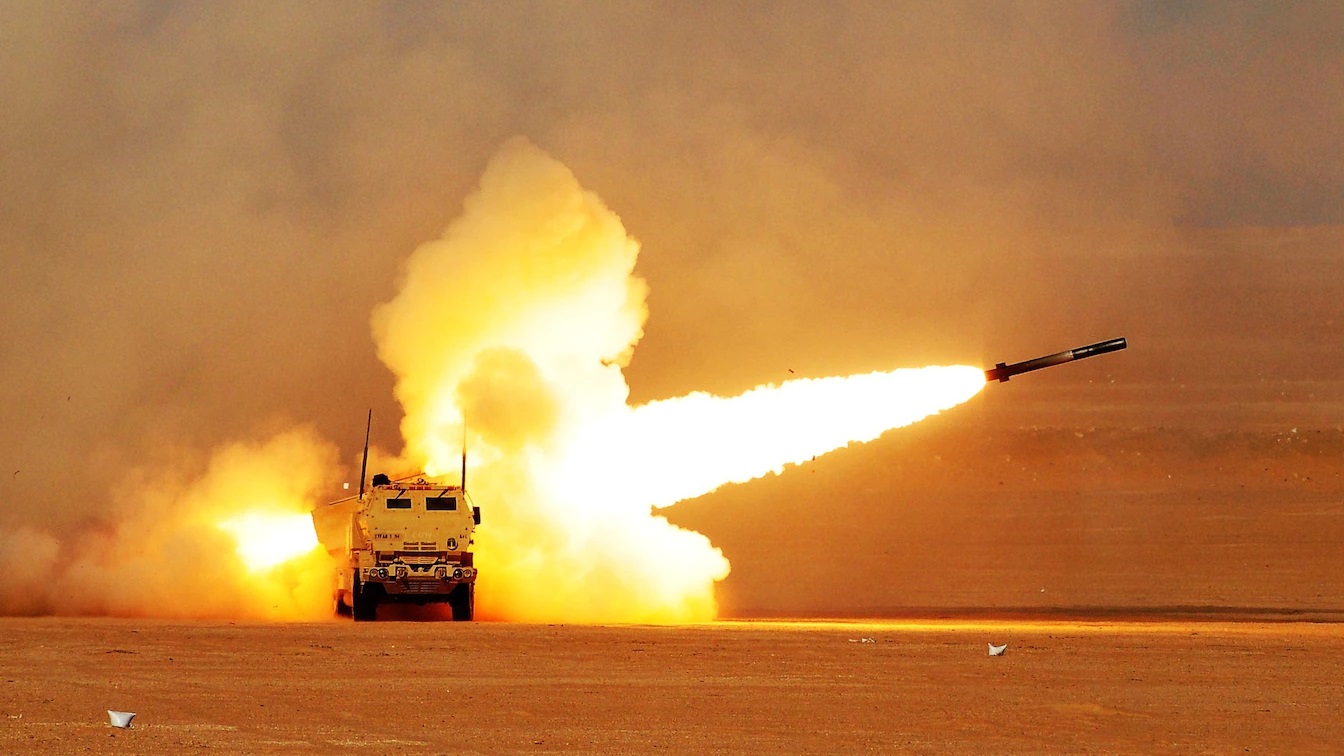The size of a weapon doesn’t always matter in wartime. Even if Ukraine possessed something on the scale of the Tsar Bomba, the most powerful nuclear weapon ever built, in its arsenal – it likely couldn’t actually use it. Such a weapon might have deterred Russia from invading, but a nuclear device likely wouldn’t be enough to drive out Moscow’s forces now.
Instead, there are a number of other weapons that are making a difference, and which have tipped the scales in Kyiv’s favor.
M142 HIMARS
No platform is having as much impact on the fighting in Ukraine as the Lockheed Martin-produced M142 High Mobility Artillery Rocket System (HIMARS), a light multiple rocket launcher system (MRLS) that was first introduced in early 1993. With a range of up to 300 miles, it has provided the Ukrainian forces with a platform that can target Russian positions and be on the move before the enemy can return fire.
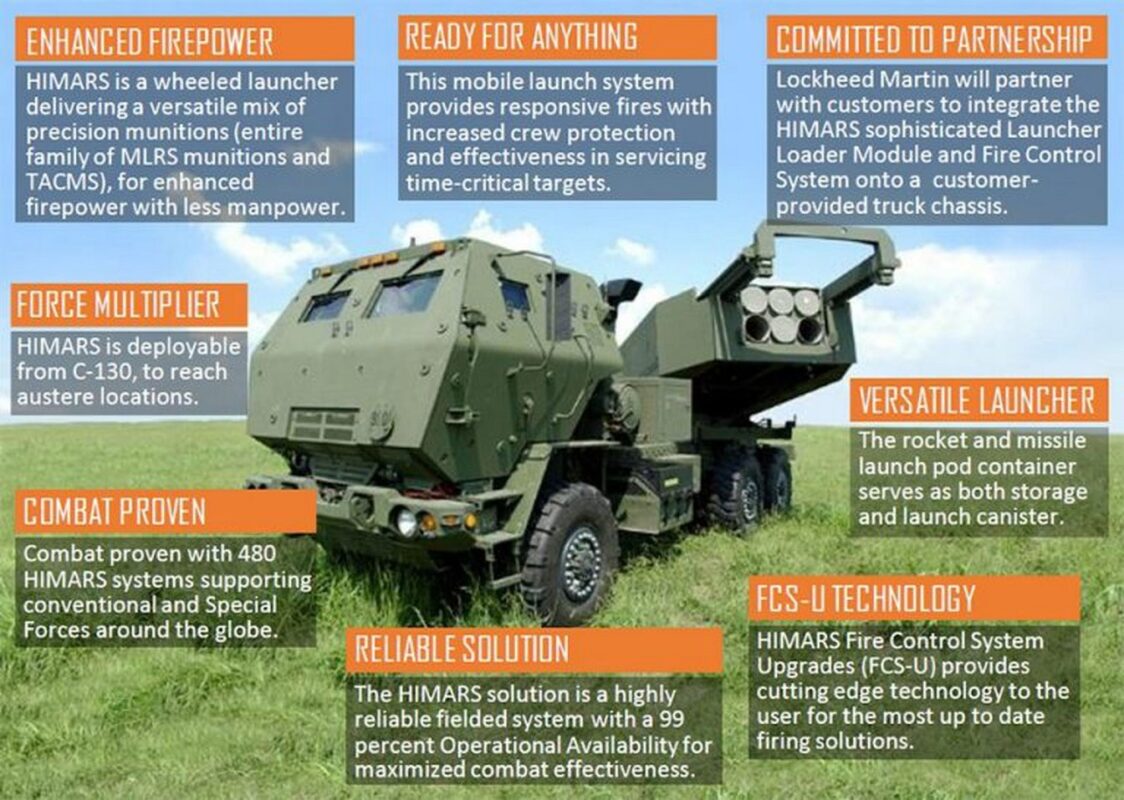
HIMARS graphic from Lockheed Martin.
It was this past spring that President Biden announced a $700 million military aid package for Ukraine, which included four of the M142 HIMARS to be sent to Ukraine — along with the U.S. military’s Guided Multiple Launch Rocket Systems (GMLRS), which can strike targets around 40 miles away. Those weapons have been used in Ukraine’s twin offensives, which were launched in August.
FGM-148 Javelin
Man-portable anti-tank systems, including the FGM-148 Javelin were crucial in stopping Russia’s gains on the battlefield and have been credited with destroying hundreds of the Kremlin’s tanks. The Javelin first entered service in 1996 and has been continuously upgraded. It was used extensively by U.S. forces in Iraq and Afghanistan, but along with the Swedish AT4 and the UK’s NLAW, the Javelin has proven to be an affordable means of countering enemy main battle tanks (MBT).
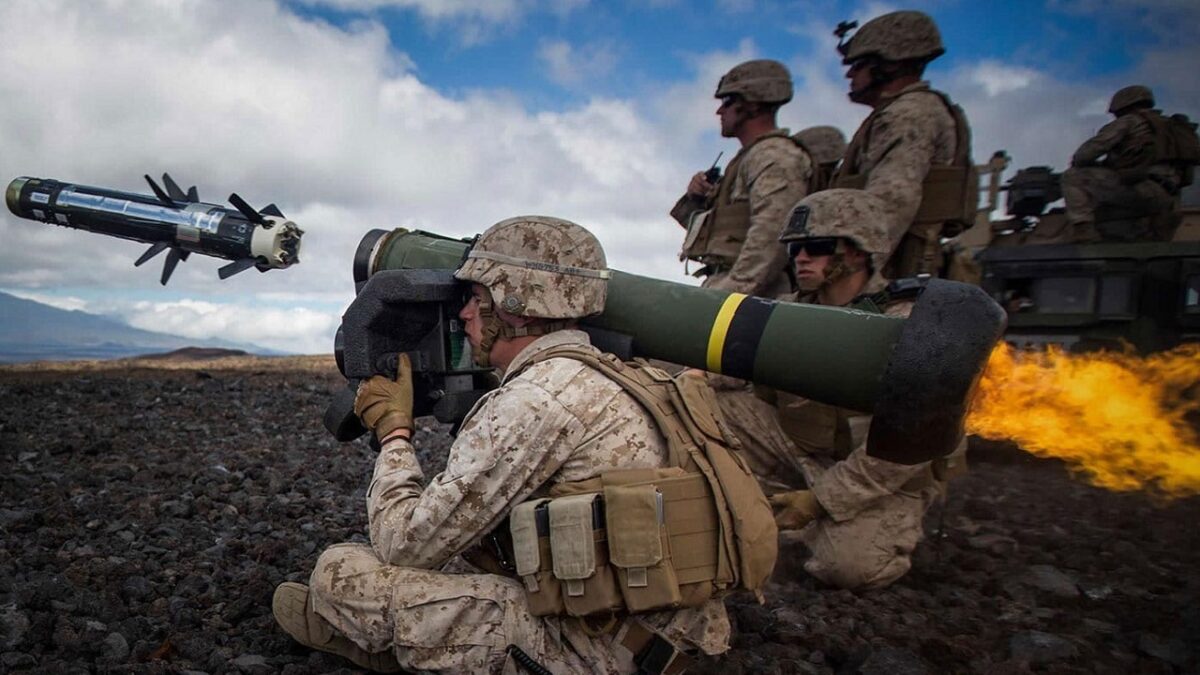
Javelin Anti-Tank Missile.
The fire-and-forget platform utilizes automatic infrared guidance that allows the user to take cover and avoid counter-fire immediately after launch. Its HEAT (High-Explosive Anti-Tank) warhead is capable of defeating modern tanks by striking them from above where the vehicle’s armor is the thinnest, while it can also be used against fortifications in a direct attack fight.
T-72 Main Battle Tank
Even before Russia launched its unprovoked and unwarranted invasion in late February, Ukraine was already an operator of the Soviet-era T-72 MBT. Since then, countries including Poland and North Macedonia have pledged to provide their vintage stocks of the tank to Kyiv.
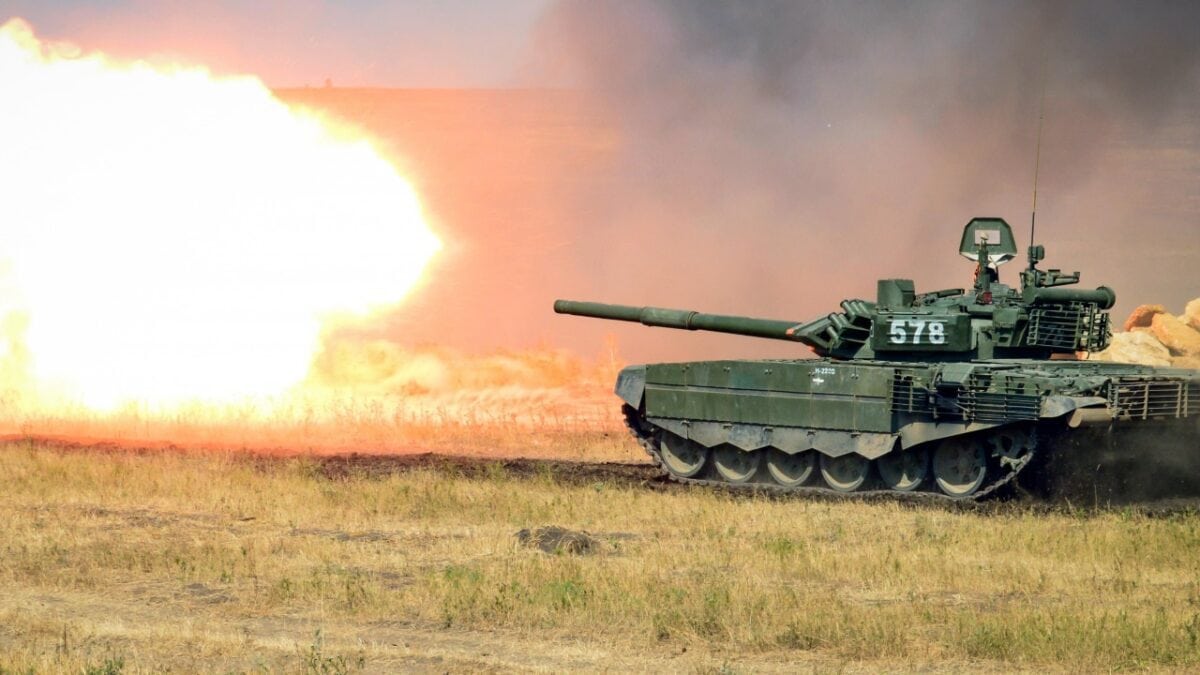
T-72 tank firing. Image Credit: Creative Commons.
However, it has been Moscow that has inadvertently provided scores of the T-72 to Ukraine – as Russian tank crews have abandoned their tanks. Those captured vehicles have been quickly repaired and returned to service. Truly as Russia grows weaker in numbers, Ukraine grows stronger!
R-360 Neptune
Kyiv has had a number of opportunities to use the R-360 Neptune, which was developed at the nation’s Luch Design Bureau. Based on the Soviet Kh-35 anti-ship missile, the mobile-launched Neptune proved to be a highly successful platform when it targeted the Russian frigate Admiral Essen in early April, and just weeks later was successfully used to sink the Russian guided-missile cruiser Moskva, flagship of the Russian Navy’s Black Sea Fleet. Reportedly struck by two missiles, the Slava-class cruiser was the largest warship to be sunk in combat since the Second World War.
Even though the R-360 Neptune hasn’t been used much since the flagship of the Russian Navy’s Black Sea Fleet was sent to the bottom of the sea, that event only serves to highlight its capabilities and has certainly contributed to the Russian navy staying far from Ukraine’s littoral waters.
M777 155mm Howitzer
Another weapon that has been seen as critical in the Ukrainian war effort is the lightweight M777 155mm Howitzer. The United States supplied around 126 of the mobile artillery pieces, along with 226,000 rounds of ammunition. The Triple “7” as it is known, is notable for packing a 16,000-pound gun into a small package that is more mobile than other artillery pieces.
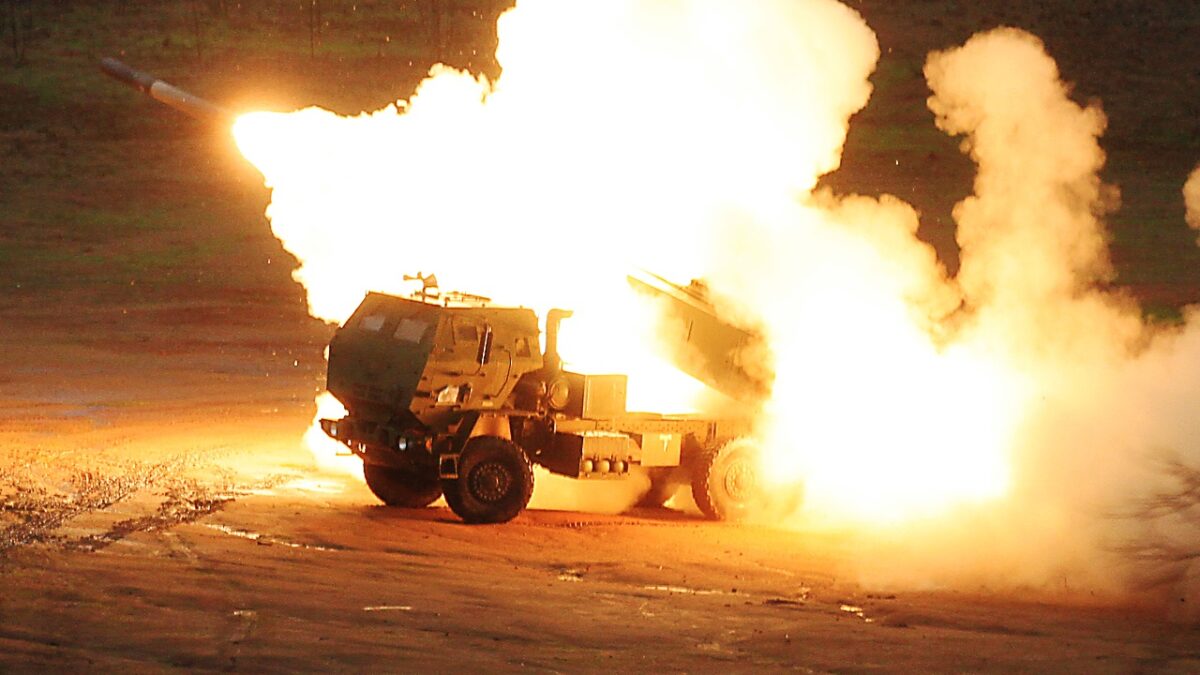
U.S. Marines with 1st Battalion, 11th Marine Regiment, fire a M142 High Mobility Artillery Rocket System (HIMARS), a truck mounted multiple-rocket launcher system, during exercise Steel Knight at Marine Corps Base Camp Pendleton, Calif., Dec. 13, 2012. The battalion conducted this historic live-fire exercise, simultaneously utilizing HIMARS, M777 Lightweight Howitzer and Expeditionary Fire Support System. This is the first time all three artillery weapons systems were fired during the same exercise. (DoD photo by LCpl Joseph Scanlan, U.S. Marine Corps/Released)
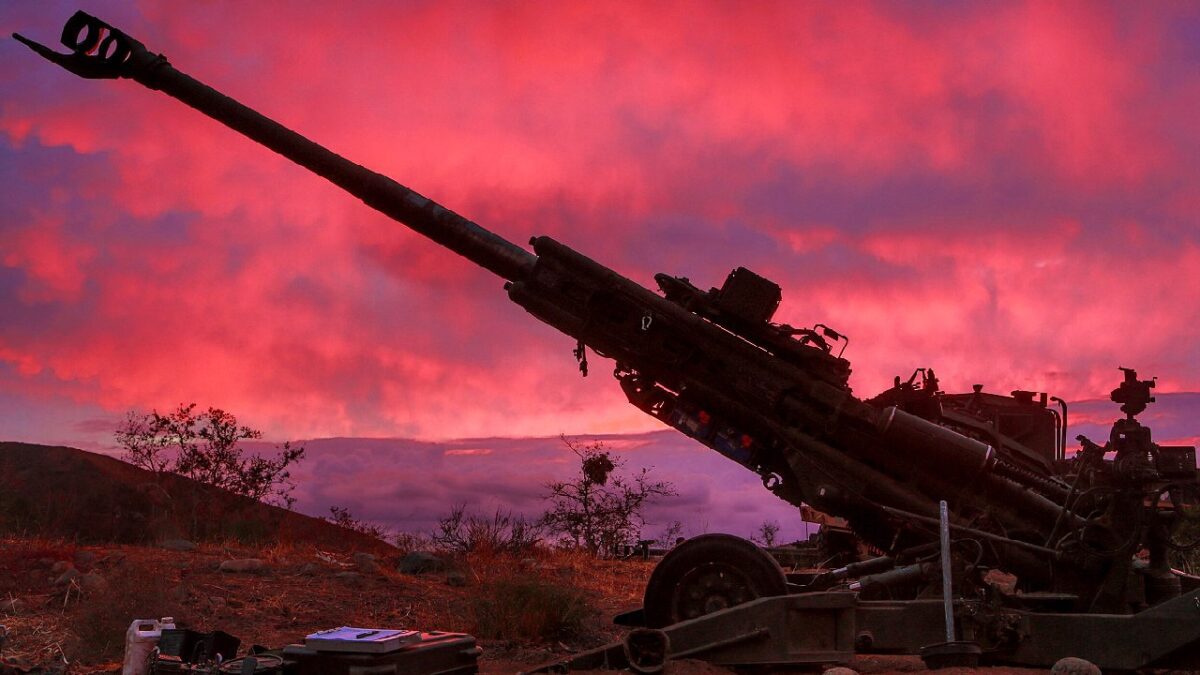
M777. Marines with India Battery, Battalion Landing Team 3rd Battalion, 1st Marine Regiment, 15th Marine Expeditionary Unit, prepare to receive a fire mission during MEU Exercise 14 aboard Camp Pendleton, Calif., Nov. 20, 2014. The purpose of MEUEX is to train the different elements of the 15th MEU to work together to complete a wide variety of missions.
(U.S. Marine Corps HDR photo by Sgt. Jamean R. Berry/Released)
The Ukrainians have also been supplied with the 103-pound M795 shell, which carries 24 pounds of TNT – and offers a kill radius of some 70 meters, roughly equal to the destructive firepower of a Hellfire missile, but for a fraction of the cost. It is truly providing the ultimate bang for the buck of any weapon now in Ukraine.
A Senior Editor for 1945, Peter Suciu is a Michigan-based writer. He has contributed to more than four dozen magazines, newspapers, and websites with over 3,000 published pieces over a twenty-year career in journalism. He regularly writes about military hardware, firearms history, cybersecurity, and international affairs. Peter is also a Contributing Writer for Forbes. You can follow him on Twitter: @PeterSuciu.

